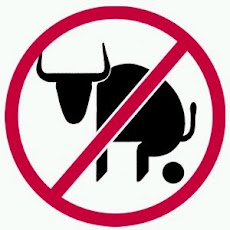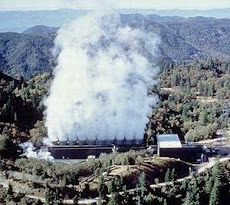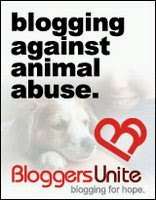August 9, 2009
The Bureau of Land Management in Montana oversees 7.9 million acres of public lands that contain energy and mineral production, open space, recreation opportunities, national monuments, grazing livestock, historic and prehistoric sites, wildlife, wild horses, watersheds, timbered mountains and rolling prairies.
Every 10 years or so, the BLM undertakes the giant task of creating a new resource-management plan for the various districts, monuments and areas under its watch.
Input is gathered from interest groups, industry and the public, along with volumes of data and information.
In what's typically a multi-year process, BLM staff members develop a plan to protect the health of the resources under their watch while allowing for multiple uses — everything from hunting and hiking to cattle grazing and natural gas drilling.
The public input in that process is critical, said Craig Drake, the assistant field manager of the Billings BLM office, which is currently working on the Billings/Pompeys Pillar National Monument Resource Management Plan.
"The area is huge so there are a lot of management issues that we are made aware of by the public," Drake said.
For example, it's the public that often lets the BLM know of old homesteads, or points out places where wildlife has increased, or first notices areas where activities use such as off-road recreation may be causing damage.
The conservation group Trout Unlimited is weighing in on the current resource-management plan development. The group wants the BLM to implement half-mile setbacks for oil and gas drills near blue-ribbon trout streams in the area, as well as streams and rivers that provide habitat for Yellowstone cutthroat.
Drill construction could deposit sediment in the rivers, argues Trout Unlimited's Corey Fisher. The drills also are considered ugly by many river users, he said.
The Montana Petroleum Association's didn't address the setback proposal during the comment period for the plan, but did say it believes exploration and production of oil and gas on all public lands that are not national parks or designated wilderness is important in developing domestic energy supplies and is good public policy.
(2 of 2)
Oil and gas activities on public land also generate revenue for the public, bringing in $45.6 million in royalties and $2.4 million in lease sales in Montana last year.
It's too early to weigh in on drill setbacks near riverbeds. We don't have the data or other fact-based information needed to do that yet.
Frankly, no one does.
So as the process of crafting this resource-manage plan — and all other — continues, it's timely to call for a pledge to set emotions aside and provide thoughtful, useful facts to the BLM.
Clearly, there'll be conflicting ideas of how BLM land should be used. The Trout Unlimited's setback proposal is just a single example of an issue with the potential to be polarizing. So does the future management of the Pryor Mountain Wild Horse Range, which is included in this plan.
Montanans' have a healthy passion about the use of our public lands; however, that emotion pretty much guarantees the resource-management plan isn't going to please everyone. Its purpose is to balance all uses, not any single interest or group.
Too often in the process, however, the core messages some offer when trying to be persuasive are drowned out, because they are tethered with cynicism, accusations and conspiracy theories and delivered with shrill rudeness.
This is an example of the type of comment too often delivered during the scoping session: "In fact, internal agency bias, bent far left, overrides grass roots input and leads to a lockup of most of our commodity resources. Recreation and wildlife are the winners. Consider what happened in the case of the Upper Missouri Monument. What a scam."
Perhaps this type of comment provides venting for the individual, but it lacks the specifics to be useful. Our emotions need to be backed with facts to move this process forward.
Let your voice be a productive part of the process.
http://www.greatfallstribune.com/article/20090809/OPINION01/908090307
Monday, August 10, 2009
Subscribe to:
Post Comments (Atom)



















No comments:
Post a Comment